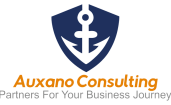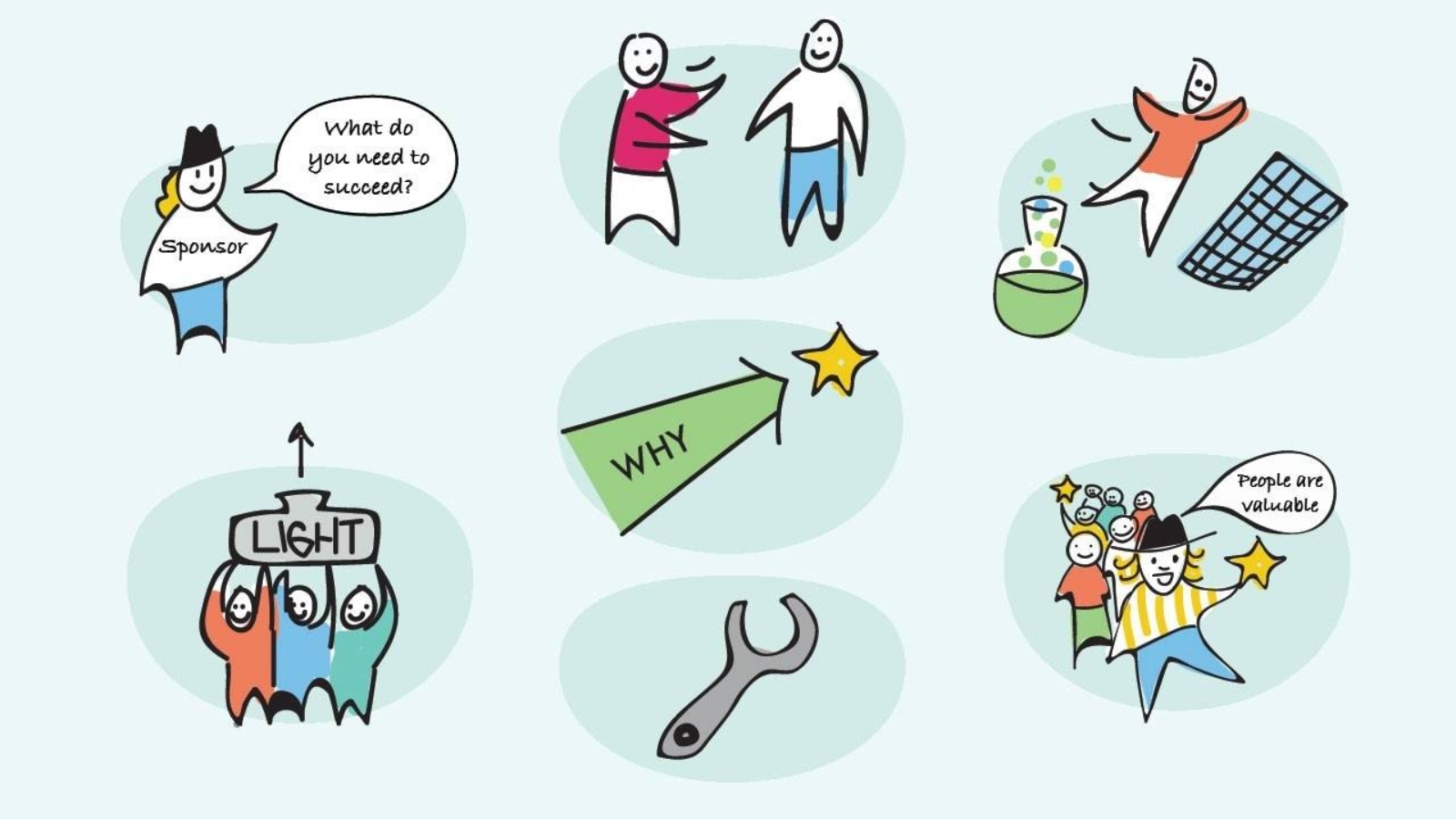In an era marked by rapid change, uncertainty, and technological innovation, the need for Agile leadership has become increasingly vital. The traditional, hierarchical models of leadership are no longer sufficient to steer organizations through the complex challenges of today’s dynamic workplaces. Instead, organizations require leaders who can adapt, innovate, and inspire in any situation – leaders who embody the principles of Agile leadership.
This blog will explore the concept of Agile leadership and its significance in the modern workplace. We will discuss the key qualities of Agile leaders, the development of leadership programs, and how to measure leadership agility. By the end of this article, you’ll have a deeper understanding of Agile leadership and how HR professionals can play a pivotal role in nurturing leaders who thrive in dynamic workplaces.
Understanding Agile Leadership
Agile leadership is not about rigidly adhering to a set of rules or practices. Instead, it’s about embracing a mindset that values adaptability, collaboration, and continuous improvement. Agile leaders are flexible, open to change, and responsive to their team’s needs. They understand that in a dynamic workplace, there is no one-size-fits-all solution.
Agile leaders prioritize the following qualities:
1. Adaptability: Agile leaders readily adjust their strategies and approaches to suit the ever-evolving needs of their teams and organizations.
2. Empathy: They are empathetic, understanding the concerns and aspirations of their team members, and creating a supportive environment.
3. Servant Leadership: Agile leaders practice servant leadership by putting the needs of their team members first and providing the support and resources necessary for success.
4. Innovation: They encourage a culture of innovation, where team members are empowered to experiment, learn, and adapt.

Nurturing Agile Leaders
HR professionals play a pivotal role in nurturing Agile leaders within an organization. They can design leadership development programs and implement strategies that focus on the growth of these key qualities. Here are some essential steps to consider:
1. Leadership Development Programs:
Design leadership development programs that incorporate Agile principles. These programs should promote continuous learning, provide mentorship opportunities, and offer real-time feedback. Agile leadership is learned through practice and experience, so these programs should encourage leaders to apply Agile principles in their day-to-day roles.
2. Mentoring and Coaching:
Mentorship and coaching are powerful tools for developing Agile leaders. HR can pair emerging leaders with experienced mentors who can guide them on their Agile leadership journey. Regular coaching sessions can help leaders reflect on their experiences, adapt their approaches, and continuously improve.
3. Encourage Learning and Experimentation:
Create a workplace culture that values learning and experimentation. Agile leaders should feel empowered to take risks, try new approaches, and learn from both successes and failures. HR can support this culture by providing resources for training and development.
4. Promote Collaboration:
Agile leadership thrives in a collaborative environment. HR can facilitate teamwork and cross-functional collaboration by breaking down silos and fostering open communication. Agile leaders should encourage diverse perspectives and leverage the collective intelligence of their teams.
5. Real-time Feedback:
Implement a feedback mechanism that ensures leaders receive real-time input from their teams. Feedback is a crucial component of Agile leadership, enabling leaders to make immediate adjustments and better support their teams.
Measuring Leadership Agility
Measuring leadership agility is essential to track the progress of leadership development initiatives and identify areas for improvement. Here are some metrics and assessment tools that HR professionals can utilize:
1. 360-Degree Feedback: This tool collects feedback from peers, subordinates, and supervisors, providing a holistic view of a leader’s performance and behaviors.
2. Employee Engagement Surveys: High levels of employee engagement are often linked to effective leadership. Measuring engagement can offer insights into a leader’s ability to inspire and empower their team.
3. Adaptability Assessments: There are various assessments and surveys available that measure a leader’s adaptability and willingness to change.
4. Progress Toward Agile Goals: Tracking a leader’s progress in implementing Agile principles within their team or department can provide valuable insights into their growth as an Agile leader.
Conclusion
In today’s dynamic workplace, the importance of Agile leadership cannot be overstated. Organizations need leaders who can adapt, innovate, and inspire their teams to thrive in an ever-changing environment. HR professionals play a vital role in nurturing these leaders by designing Agile leadership development programs, providing mentorship and coaching, and promoting a culture of collaboration and continuous learning.
Are you looking to foster Agile leadership in your organization? Contact Auxano experts to learn how we can help you design tailored leadership development programs and strategies that will nurture leaders capable of thriving in dynamic workplaces.
(Written by Vineeta, Image sources: https://dandypeople.com/; https://www.agile42.com/)
Feel free to connect with Linnet Dave, Auxano’s Director and Executive coach on linnet@auxano-consulting.com or connect with her at +919820668179 for any queries on the subject and if you need to get a customized learning Intervention done for your organization.

